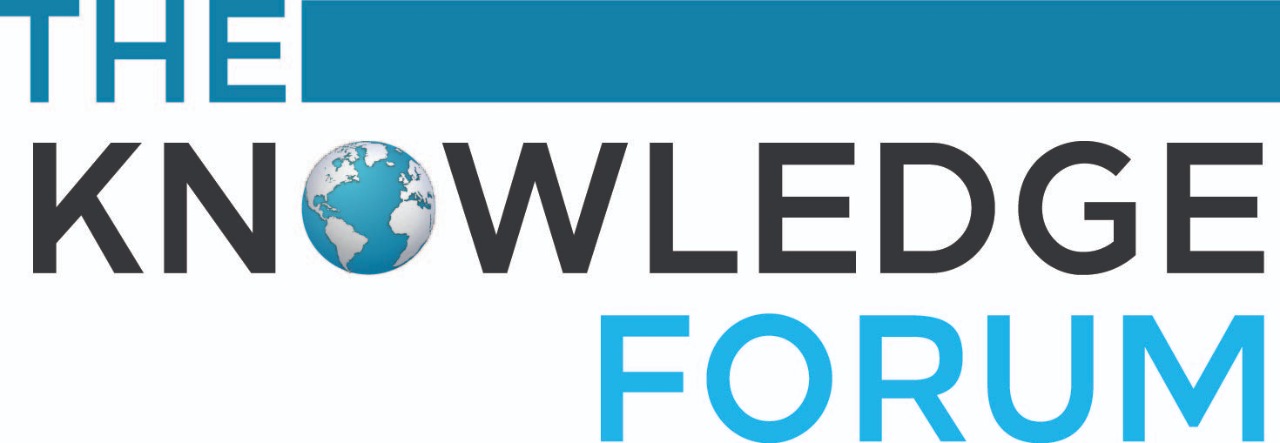Pakistan Bulletin
An up-to-date and informed analyses of key issues of Pakistan.
Peace in India and Pakistan: Amidst hope and dismay
April 2024
For decades, India and Pakistan have had strained relations due to the Kashmir conflict and regional power rivalry. The situation worsened in August 2019 when India revoked the special status of Kashmir. Since then, there has not been any improvement in their relationship.
Analysis of India-Pakistan relations has been often dominated by security undertones with comparatively less attention given to the untapped trade opportunities between the two neighboring countries. According to a 2018 World Bank report “A Glass Half Full: The Promise of Regional Trade in South Asia”, India-Pakistan trade has the potential to increase from US$2 billion to US$37 billion if both countries were willing to take steps towards removing tariff and non-tariff barriers such as sensitive lists, strict visa policies, strict quality standards and lengthy procedures and waiting periods at the border. However, decades-old animosity and mistrust have contributed to regular setbacks and significant barriers to normalizing trade relations.
According to a 2018 World Bank report, India-Pakistan trade has the potential to increase from US$2 billion to US$37 billion if both countries were willing to take steps towards removing tariff and non-tariff barriers.
Apparently there is no change in the Indian policy towards Pakistan as the current Indian Prime Minister Narendra Modi uses the “cross border terrorism” pretext to project a negative image of Pakistan. Kashmir remains the centre of conflict for both the nations. However, India has the advantage of cementing its hold on the region and the Modi government has shown limited regard for the UN resolution with regard to the disputed territory status of Kashmir, as it went ahead to revoke the special status of the region, and initiating a number of other policy actions leading to fears of change in its demography and
In terms of regional politics, the developments in Afghanistan have proved the narratives of both India and Pakistan wrong as the two contested for space and influence in the conflict riddled state. Following the pull out of the American forces from Afghanistan and takeover by the Taliban, all apprehensions of India taking a centre stage or Pakistan using the Afghan soil to expand its influence has proven wrong.
The truth is there is a conflict-fatigue on the part of public at both sides. A new constituency of bilateral trade, business cooperation, and peace activism is developing as both nations struggle to respond to rising inequality in their respective territories.
However, bilaterally, India’s current policy of isolation and non-engagement with Pakistan has only increased unprecedented risks and uncertainty in the relations between the two countries. The new broad-based multi-party government in Pakistan is undertaking a policy of trade and friendly relations with all its neighbors and other regional partners including China, Iran, Afghanistan, Saudi Arabia, Russia and some South Asia countries. This policy is likely to result in expanding the country’s trade options and prospects for economic development. As India heads to elections, pre-poll estimates confirm another BJP-led government will take the lead. While there is indication of the next Indian government continuing its anti-Pakistan rhetoric, the truth is there is a conflict-fatigue on the part of public at both sides. A new constituency of mutual trade, business cooperation, and peace activism is slowly finding its way in public discourse as social and economic inequality stands at all-time high in both the countries, and both governments explore regional platforms to deliver on their mandate of economic development in their respective territories.
Irfan Mufti
Author
The writer is a political economy expert and a people’s rights campaigner. He works as Deputy Executive Director at South Asia Partnership Pakistan.

Get the latest news and updates from our team
